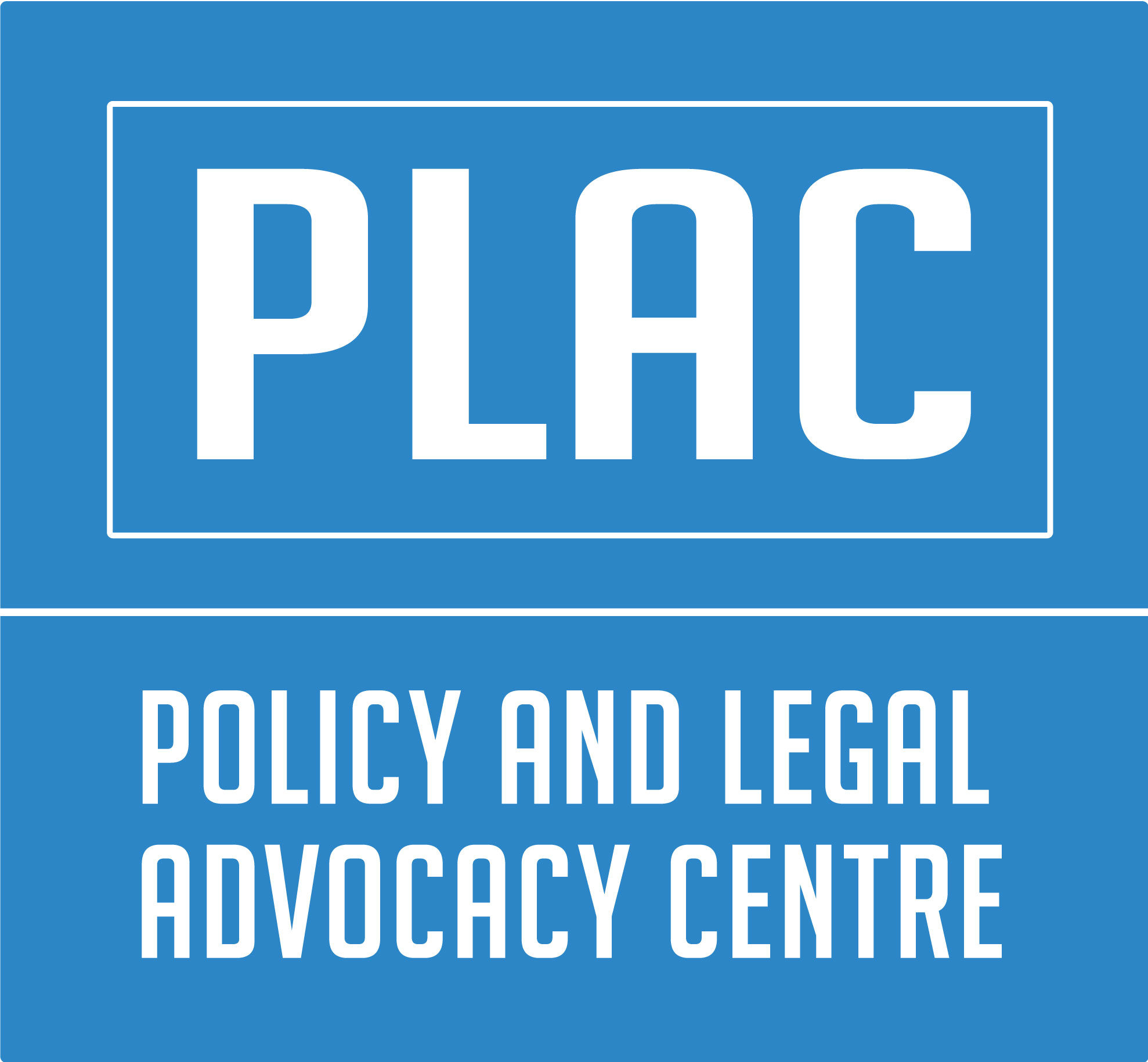A publication by the Petroleum Products Pricing Regulatory Agency (PPPRA), Thursday, March 11, of a new price for petroleum products for the month of March has again raised the question of government subsidy on petroleum products. The PPPRA released a template increasing the price of petrol from the current N162 to N212.61 per litre. This immediately threw panic across the country with queues immediately mounting and scarcity throwing in. Following nationwide anger about the increase, the PPPRA immediately withdrew the price increase announcement and the Minister of State for Petroleum resources, Timipre Sylva denied the increase, promising punitive action against those in PPPRA that put out the announcement.
However, the agency soon clarified that the publication of guiding prices did not amount to an actual increase in the price of petrol but was only indicative of current market trends. It reiterated that petrol prices are determined by the Market-Based Pricing Regime for PMS Regulations 2020. The Executive Secretary of the agency, Abdulkadir Saidu speaking on the issue, added that the current price of petrol will be maintained pending the conclusion of consultations on the matter. Furthermore, the agency also confirmed that fuel subsidy officially returned in February, as the petrol pump price for the month was between N183.74 and N186.74 per litre, with consumers paying an average of N170 per litre. It will be recalled that President Buhari’s administration had repeatedly announced the removal of fuel subsidy, to justify the increase in fuel prices in the past.
Insisting that there is no increase in price, Sylva asked Nigerians to disregard the purported price hike. There is however concern amongst economists and business watchers that the PPPRA and government are fiddling with petroleum pricing in the country and that the government is currently paying huge subsidies on petroleum imports amounting to an average of about N60 billion every month, with fears that subsidy spend at the end of 2021 may exceed N1.5 trillion. This would be a major concern for a country already suffering huge economic decline, low revenues, high debt servicing and unprecedented unemployment.

